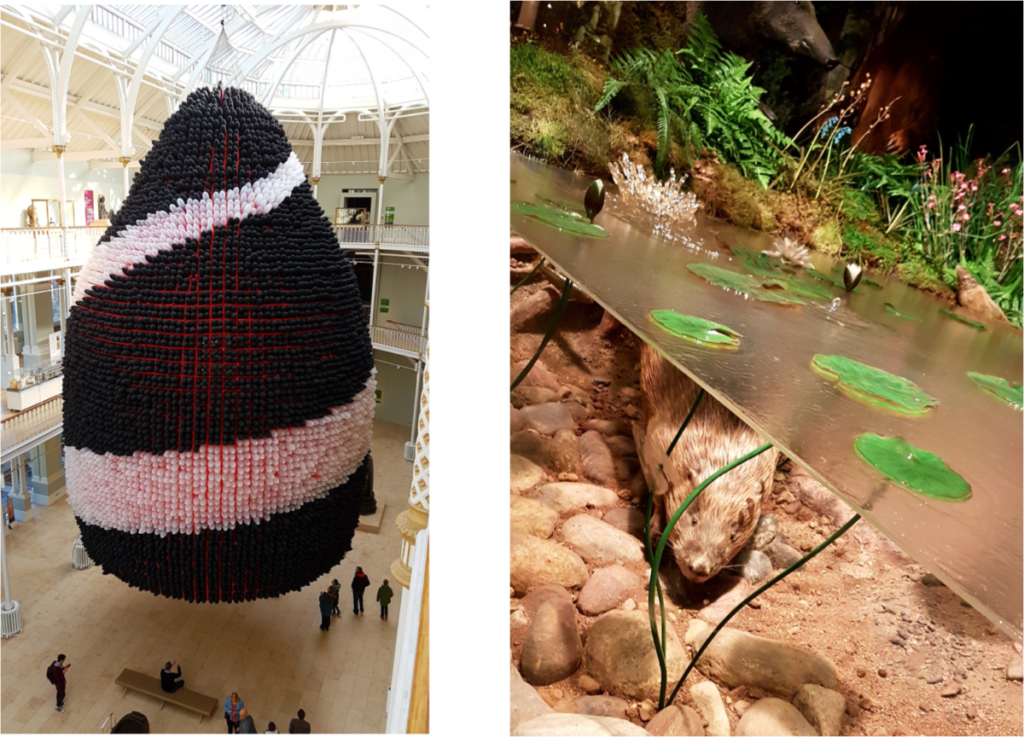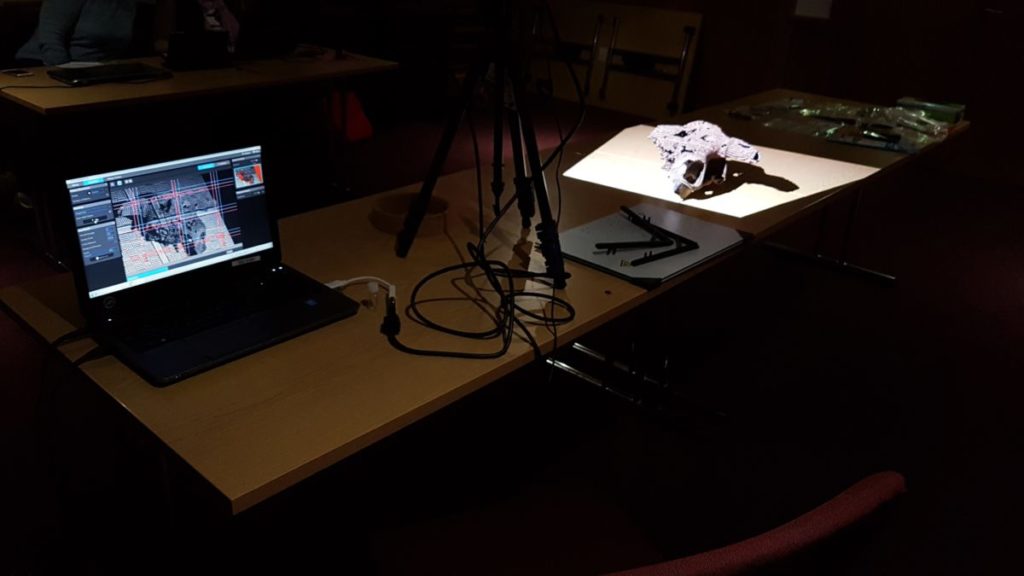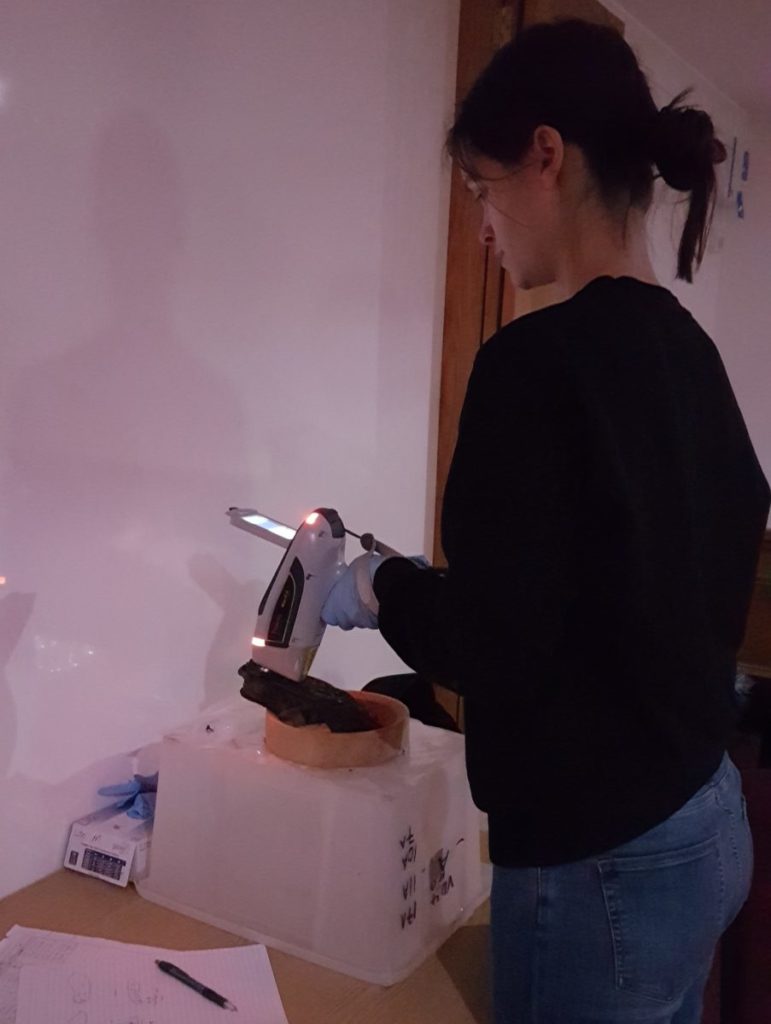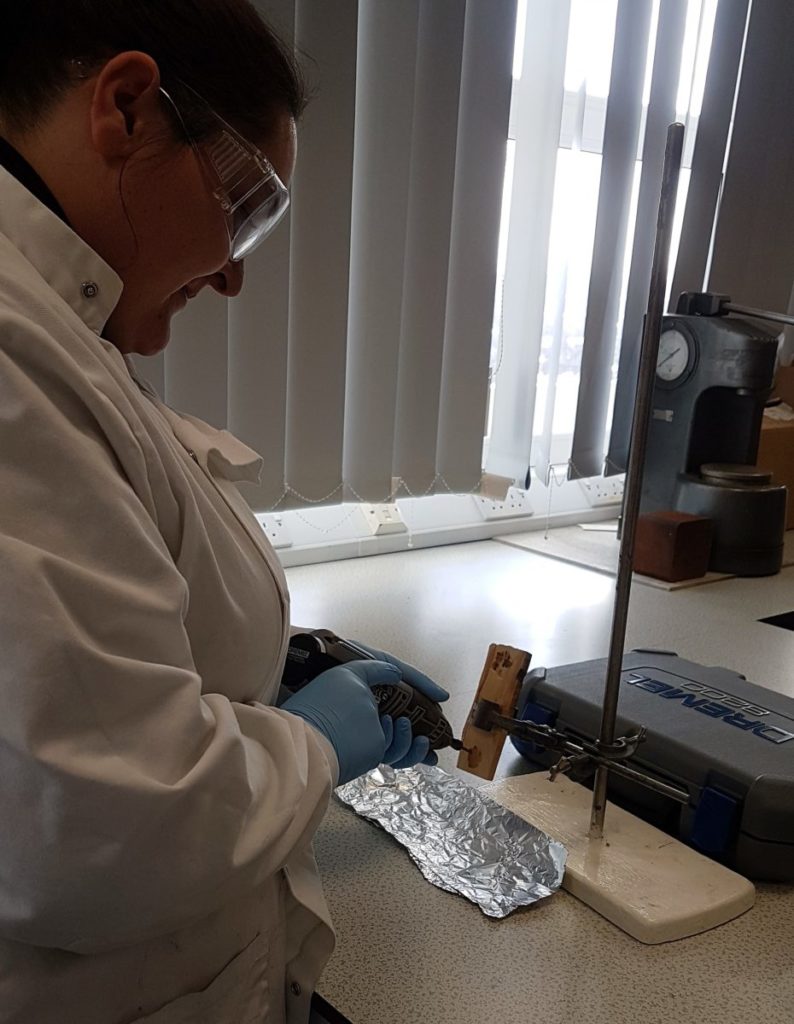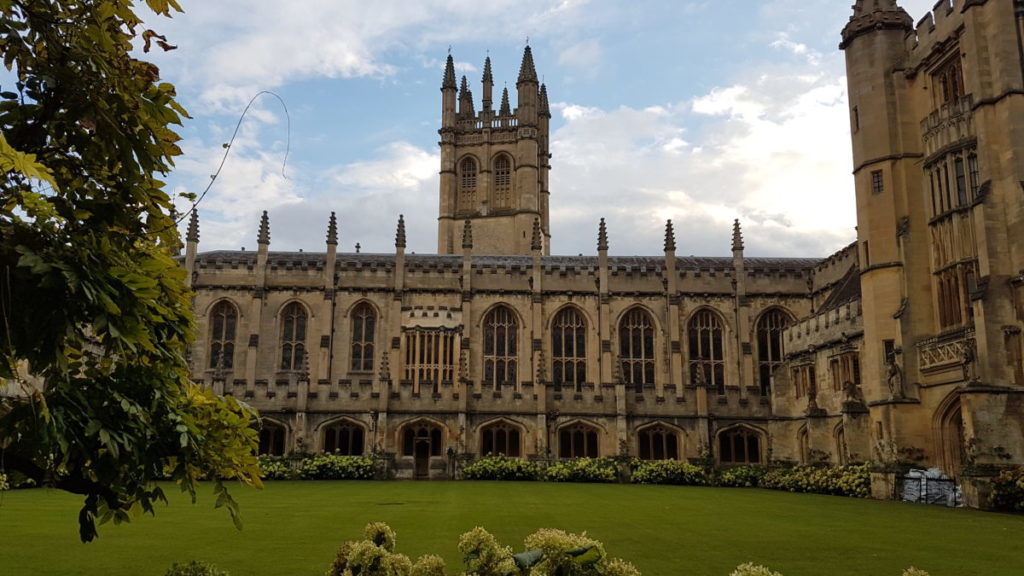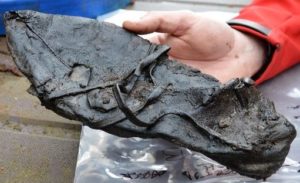We’d like to give a very warm welcome to our newest team member Aboli Sanjay Vavle!
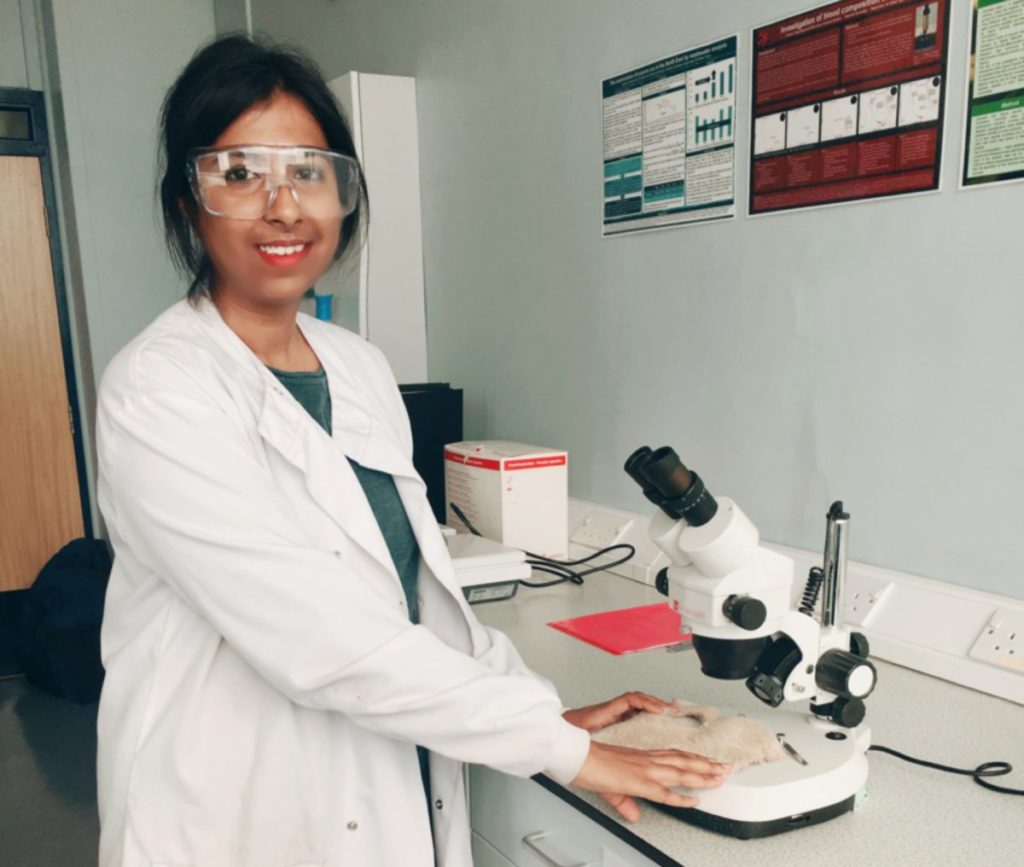
Aboli is an international student from India. She completed her undergraduate degree in Biotechnology in India. During her course, she was a part of a seminar on DNA Fingerprinting and studied modules like Toxicology and Biotechnology Techniques in Forensic Science which influenced her a lot to choose Forensic Science as her subject for Masters degree. For her Master’s final semester project she worked on Secondary transfer and persistence of fibres, which is now submitted to Science and Justice and will be published soon – watch this space. She completed her Masters in Forensic Science from Northumbria University, Newcastle. Following completion of her degree her passion for research in fibres remained and thus, enrolled onto a PhD program to continue this area of research. She is currently a full time PhD student at Teesside University. With good background knowledge in fibres on surfaces, she will now be investigating fibres in buried environment, mainly focusing on degradation of the dyes and how this study can be useful in forensic and archaeological context. Besides science, she is very passionate about singing, reading, travelling, new gadgets and photography. She is a foodie and loves trying out new and different cuisines.



